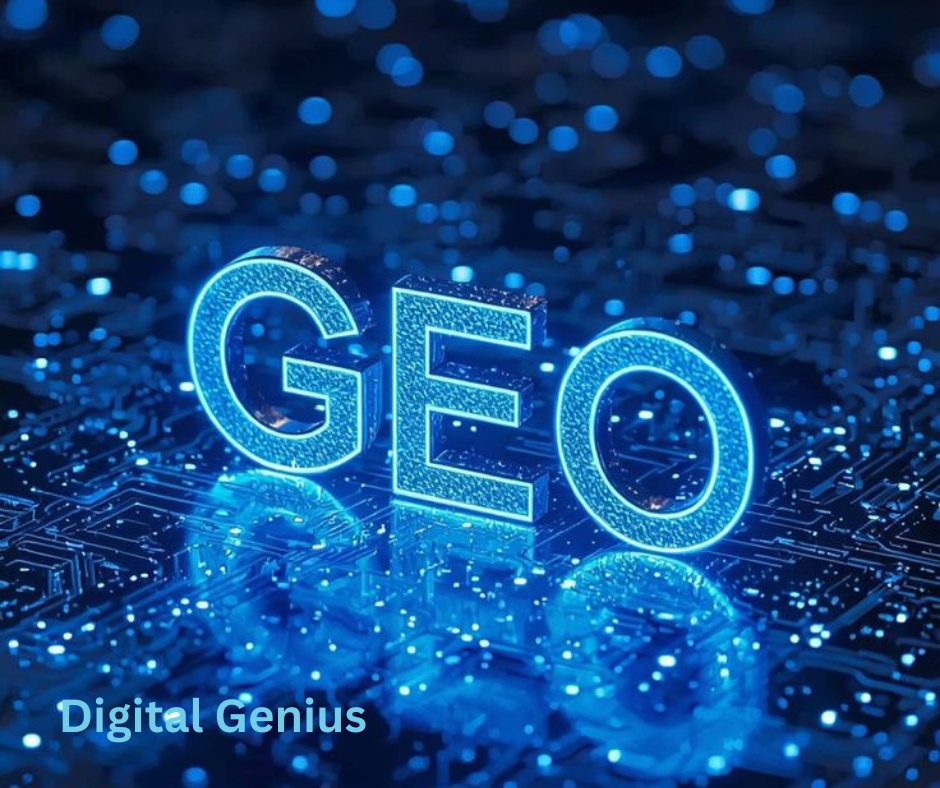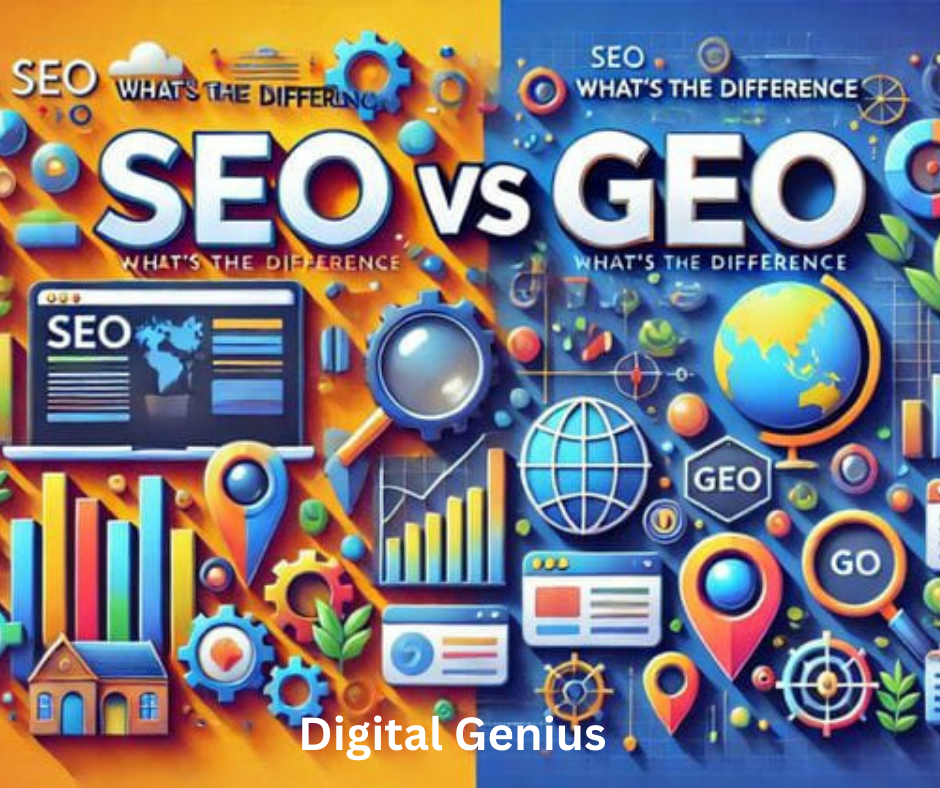What is Generative Engine Optimization and Why It Matters Now: 7 Powerful Reasons to Embrace It
Introduction to Generative Engine Optimization (GEO)
One term you’ve probably heard more of lately in the dynamic realm of digital marketing is “Generative Engine Optimisation (GEO).” Businesses are realising the value of producing content for generative AI-powered platforms as well as search engines, as search behaviour shifts from static keyword lookups to conversational AI interactions.
Content optimisation for Google’s ranking algorithms has long been the focus of traditional SEO. However, the laws of visibility are changing as AI assistants like ChatGPT, Perplexity, and Google’s Gemini can increasingly produce comprehensive responses. The tactical method to guarantee that your content appears in AI-driven results is generative engine optimisation.

Why Generative Engine Optimization Matters in 2025
The emergence of AI-powered search engines is changing how people get information. People are depending more and more on AI chatbots and search assistants to summarise and offer straight answers rather than clicking through several links on a Google search results page.
GEO is more important than ever for the following reasons:
- User experiences are dominated by generative AI: more than 60% of Gen Z and Millennials use AI-based search engines for quick responses.
- Reduced dependence on conventional SERPs: Organic link click-through rates are decreasing.
- There are new guidelines for content discoverability: AI models use sources that are authoritative, structured, and rich in context.
You run the risk of losing visibility to potential consumers if your content isn’t optimised for generative engines. GEO guarantees that AI models will identify, extract, and suggest your brand.
The Core Concept Behind GEO
Fundamentally, Generative Engine Optimization involves creating content that is understandable by AI, contextual, and generative. GEO places greater emphasis on semantic clarity, authoritativeness, and content adaptability than traditional SEO, which primarily relies on backlinks, keywords, and on-page optimisation for ranking.
Difference Between Traditional SEO and GEO
| Factor | Traditional SEO | Generative Engine Optimization |
|---|---|---|
| Main Goal | Rank on search engines | Be recommended in AI-generated answers |
| Focus | Keywords, backlinks, technical SEO | Contextual, semantic, conversational content |
| Platforms | Google, Bing, Yahoo | ChatGPT, Gemini, Perplexity, Claude |
| User Experience | Users click and explore links | Users get instant, summarized answers |
| Content Type | Articles, blogs, landing pages | Conversational, structured, AI-readable text |
How GEO Works with AI Search Engines
AI search engines use natural language processing and train on large datasets. They draw on a variety of sources to provide answers to questions. You raise the possibility that your content will be used as a source by AI models to produce replies through the implementation of Generative Engine Optimization tactics.

Benefits of Generative Engine Optimization
Enhanced Visibility in Results Produced by AI
By optimising for GEO, you may lessen your dependency on organic SERP rankings by having your brand appear among the direct answers customers see first in AI-generated responses.
Developing Trust and Authority
Reputable, organised, and consistent sources are preferred by AI algorithms. By establishing your brand as an authoritative voice, GEO helps you gain the long-term trust of both AI and human users.
Improving the User Experience with AI-Friendly Material
In line with how today’s individuals engage with AI helpers, content created with GEO in mind is more conversational, captivating, and solution-focused.
Key Challenges of GEO
Resolving Issues with Content Authenticity
Content can be distorted or misinterpreted by AI algorithms. To prevent false information, GEO places a strong emphasis on fact-checking, citations, and credibility signals.
Managing AI Content Filters and Plagiarism
There is an opportunity of duplicate AI-generated text. Your content will stand out if you use distinctive concepts, first-hand case studies, and knowledgeable commentary.
GEO vs. SEO: Do We Still Need Both?
Indeed. Traditional SEO is still the backbone, but Generative Engine Optimization is the future. Every day, billions of enquiries are still powered by search engines. The optimum long-term strategy is a balanced approach, where GEO guarantees AI visibility and SEO drives organic ranking.

Real-World Examples of GEO in Action
- Medical queries in ChatGPT reference health blogs that use semantic SEO.
- AI purchasing suggestions include structured data added by e-commerce brands.
- Perplexity’s summaries incorporate educational webpages that are tailored for conversational Q&A.
Tools and Resources for Generative Engine Optimization
- SurferSEO – Optimize content semantically.
- Schema.org – Implement structured data.
- Google’s NLP API – Analyze entity recognition.
- ChatGPT Plugins & Perplexity Sources – Monitor how AI cites web content
Conclusion: Why You Should Embrace GEO Today
Generative Engine Optimization is the way of the future for online exposure, not just a passing trend. Businesses who adjust early will benefit from a competitive edge in traffic, authority, and trust as the use of AI search engines increases.
Adopting GEO now will guarantee that your content stays discoverable, reputable, and valuable in the AI-first world, regardless of your role as a writer, marketer, or business owner.